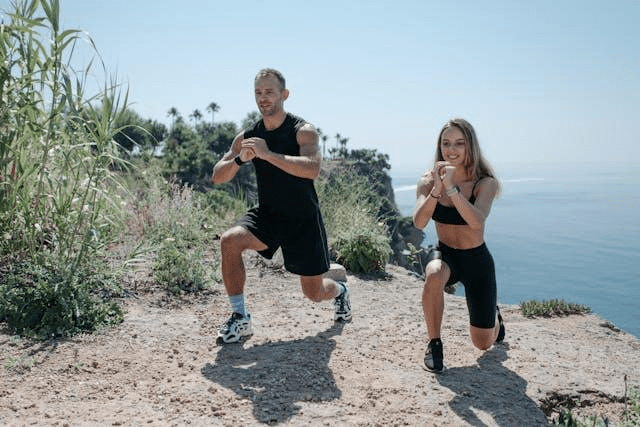Biosecurity basically refers to the measures that are taken by people to stop the spread or introduction of distinctive harmful organisms to plant, animal and human life.? The measures taken are a combination of systems and processes that have been put in place by customer agents, agricultural managers and bioscience laboratories for the purpose of preventing the use of dangerous pathogens and toxins. Martin Lloyd Sanders has been associated with the domain of biosecurity for quite some time. He is a Public Health Professional who expertise in biological safety, field medical operations, biosecurity, occupational safety and health, infectious disease epidemiology, environmental health services, and occupational health and wellness programs.
The key aim of biosecurity is to protect human health, as well as increase agricultural produce through prevention, control, and management of biological risk factors. This sphere also puts emphasis on protecting against acts of bioterrorism, preventing adverse biosecurity events, and providing advice on appropriate interventions. During the past few years, biosecurity as a concept has evolved quite a bit along with its applications. However, it still has variability in meaning in distinctive nations, especially when used in various national instruments and primary laws.

In the context of growing public awareness when it comes to the impact of adverse health and environmental practices that are fueled by technological advances in detection and management associated with hazards life and health. Proper biosecurity measures have to be practiced at all times, and not just during a disease outbreak. Opting to take the correct measures in the early stages of an outbreak can help prevent or reduce its spread.
Pathological agents could be collected, stored, grown, or handled in a variety of facilities like research centers, production units, clinical laboratories, diagnostic centers and public health laboratories. All of them are at risk of biosecurity incidents. The reduction of bio risk would involve the sharing of expertise and advice related to the guidance and training that is needed for disease agents to be handled and controlled safely. The core objective of containment is to confine biohazards and cut down the potential exposure of the laboratory workers, people outside the lab, and the environment to potentially infectious agents.
Martin Lloyd Sanders is a professional who has worked in the domain of biosecurity for quite some time, and hence has a pretty in-depth knowledge about it. He was an executive committee member and senior editor for the 5th edition of “Biosafety in Microbiological and Biomedical Laboratories,” and has received multiple awards for his efforts. In the past, Sanders was the Director for Occupational Preparedness and Emergency Response and the Director for Environmental Health Services. He also served as the Director (Acting) for the Office of Health and Safety under the Center for Disease Control (CDC).
He was the Chief Scientist for the US Public Health Service from 2013 to 2017. During his term, he offered support to the Office of the Surgeon General in developing and implementing strategic health policies. He also helped in leading USPHS Commissioned Corps efforts in recruitment, readiness, retention, mentoring, and other policy areas. Currently he is the Director for Safety, Environmental Compliance and Emergency Management in Federal Occupational Health (FOH/PSC).








